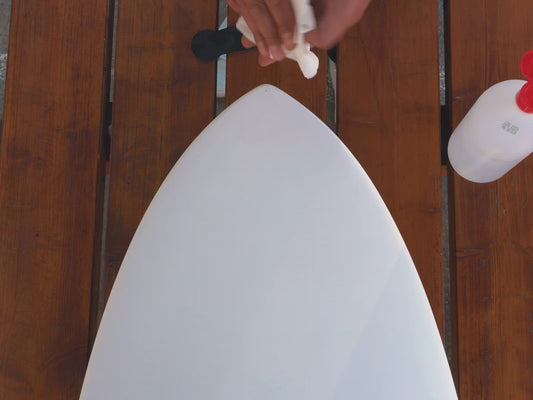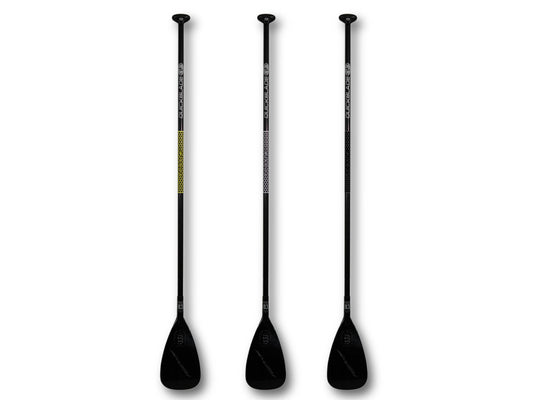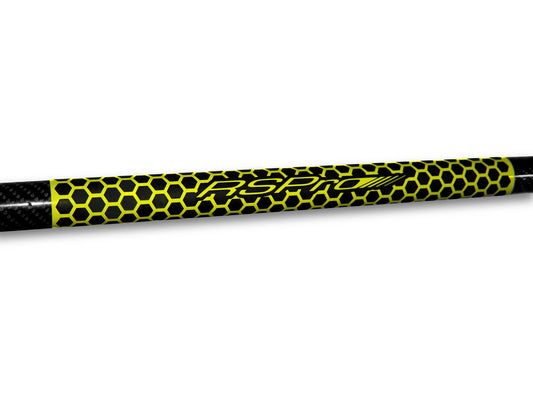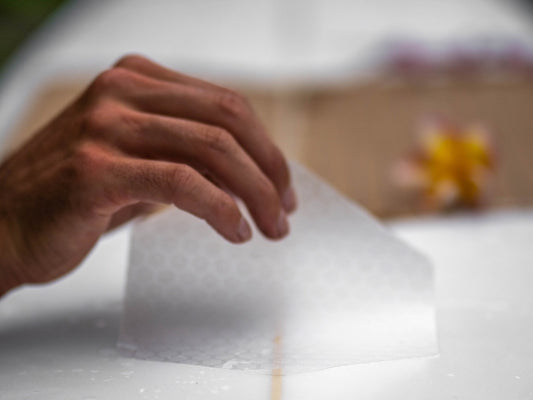Do you really need to protect the nose of your surfboard?
Carles CarreraShare
To protect or not to protect, that is the question
It's you to decide, but if you never smashed your surfboard nose, I'll tease you the feeling when you do it: it sucks.
At RSPro we understand how it feels smashing the nose of your surfboard. Or simply scratching it. Feels bad. Really bad. You almost feel guilty.
The worst is that while it may happen surfing, specially in wave pools and in river surfing where you surf close to the wall, it can also happen just when loading or unloading the car, or entering or exiting home or while you change after a surf session. It's easy. It's painful.
We have been there and done that. I specially remember a photo session at the beach with one brand new DHD surfboard they lent us to install HexaTraction for a photo shooting. You treat it very carefully. You're super vigilant, but at the slightest mistake ... bam!!! smashed the tip while moving the board under a low bridge under the train lane at the beach.
Here in our area we have the train lane beside the shoreline. And they built low height bridges. Go figure.
Then you have to tell the owner. ;-(
So, how do you protect your board nose?
We knew what was needed and what we did not want.
We did not want those plastic nose savers that you have to glue. Yes, with actual glue!! to the surfboard nose. Not to mention they have to be almost specifically designed for each type and shape of nose.
So over the years we developed the RSPro solution: a smart nose saver.
Born from the needs of pool surfers but useful for all water sports enthusiasts worried about damaging their board nose.
How the RSPro Smart Nose Saver protects your board?
It absorbs and dissipates the energy of an impact so you board doesn't have to do it.
The material is soft and flexible and its elasticity varies depending on the force to witch it is subjected. It is soft and flexible when moved slowly, but when moved quickly – for example, when compressed by an impact – its molecules lock together, thereby absorbing and dispersing the force of impact.
The faster you hit it the harder it gets.

Being flexible and soft makes for an easy installation, but the counterpoint is that while it protects from impact, it's not resistant to abrasion.
But how much it weights?
The RSPro Smart Nose Saver is extremely light. Less than half of your soul (*). 9 grams to be precise.
(*) Experiments carried out by Dr. Duncan "Om" Mc Dougall at the beginning of the XX century determined the human soul weighs an average of 21 grams
Is the Smart Nose Saver then only for beginners?
The original reasoning is yes.
For beginners who make more mistakes and are more prone to damaging the board, but we realised ourselves that any surfer can damage the nose.
Beginner surfers use rounded nose surfboards. But we also wanted to target weekend warriors and wannabe pros so we needed the RSPro Smart Nose Saver to be able to work on pointy surfboards.
Not extremely pointy (you don't need a nose saver to win the World Surfing League titile) but kind of pointy.
The Smart Nose Saver should adapt to moderately pointy surfboard noses. And it does:
Does it work as a tail saver?
It does.
For us it doesn't make sense hydrodynamic sense, but ... The nose of a surfboard is not under water, so the saver doesn't affect its performance but the tail is a completely different animal. The shape of the tail and the fins determine the character of a surfboard, so adding an external element will modify it.
If you don't mind though and you value more the durability of your surfboard, the answer is yes.









